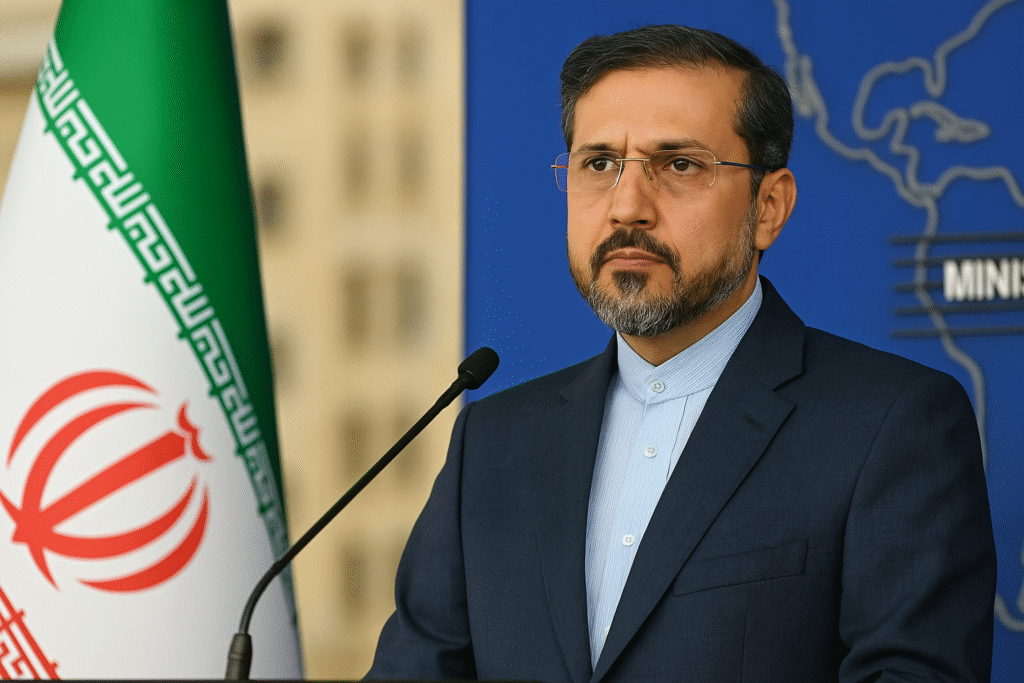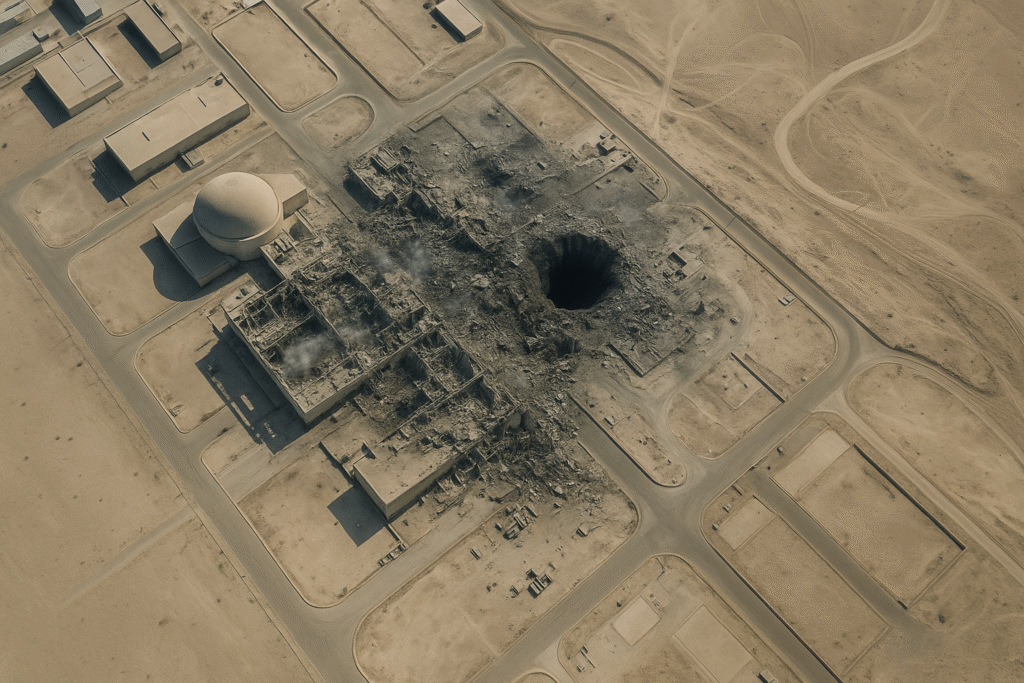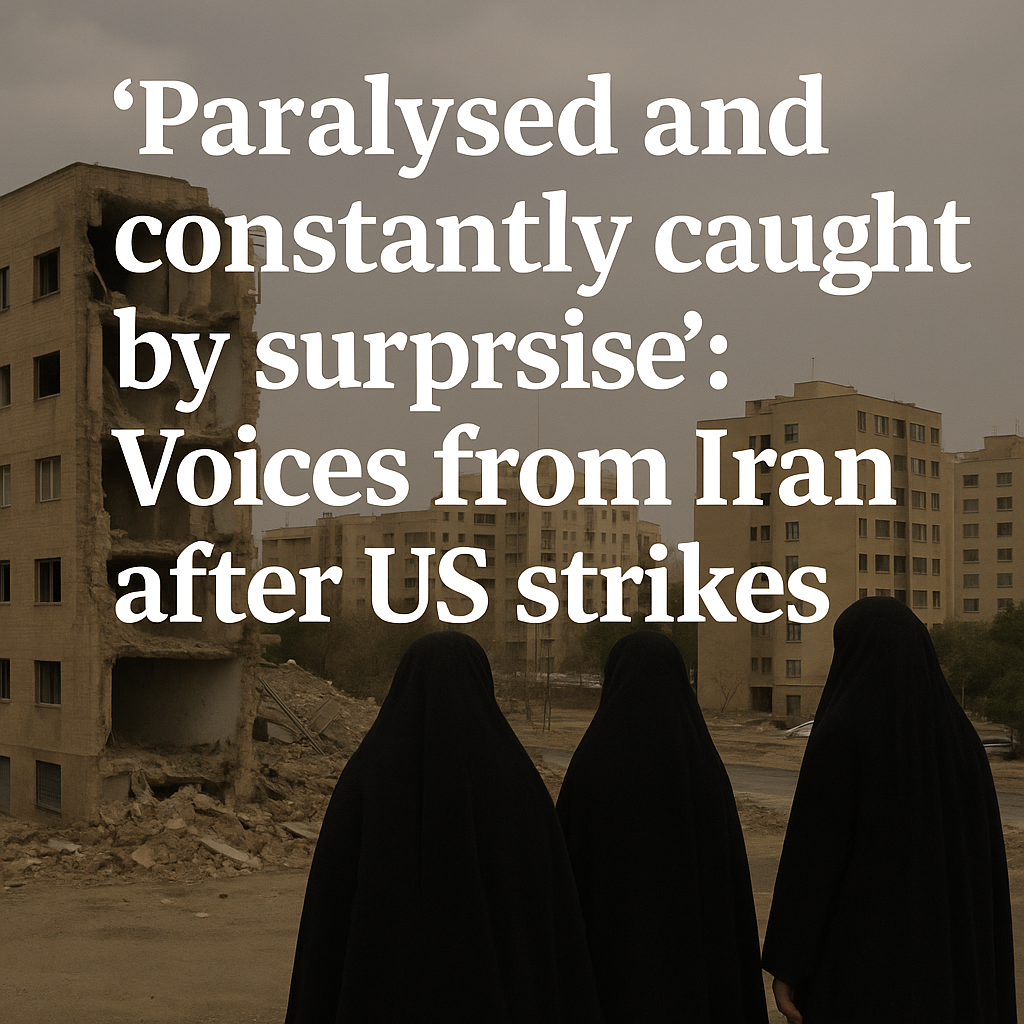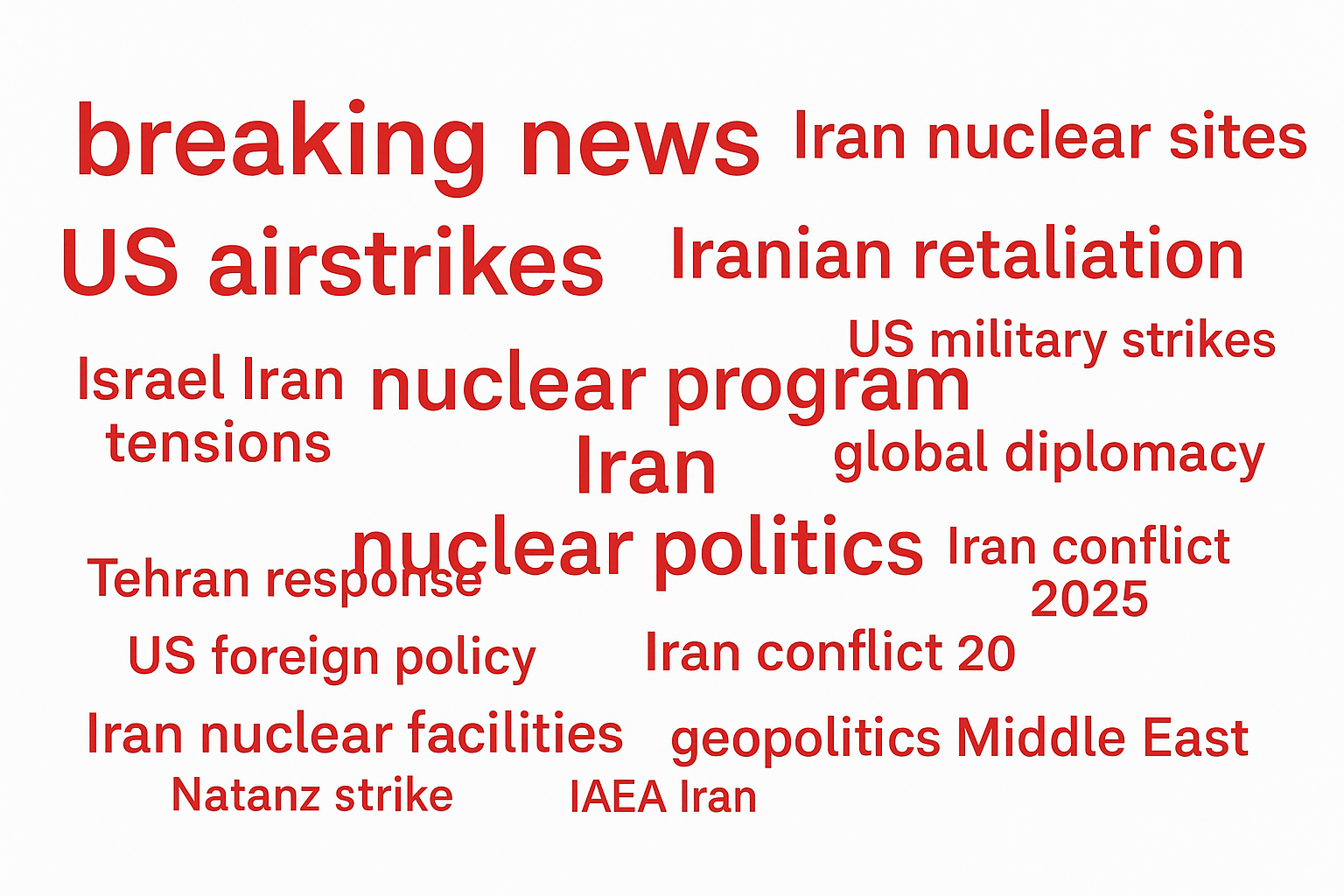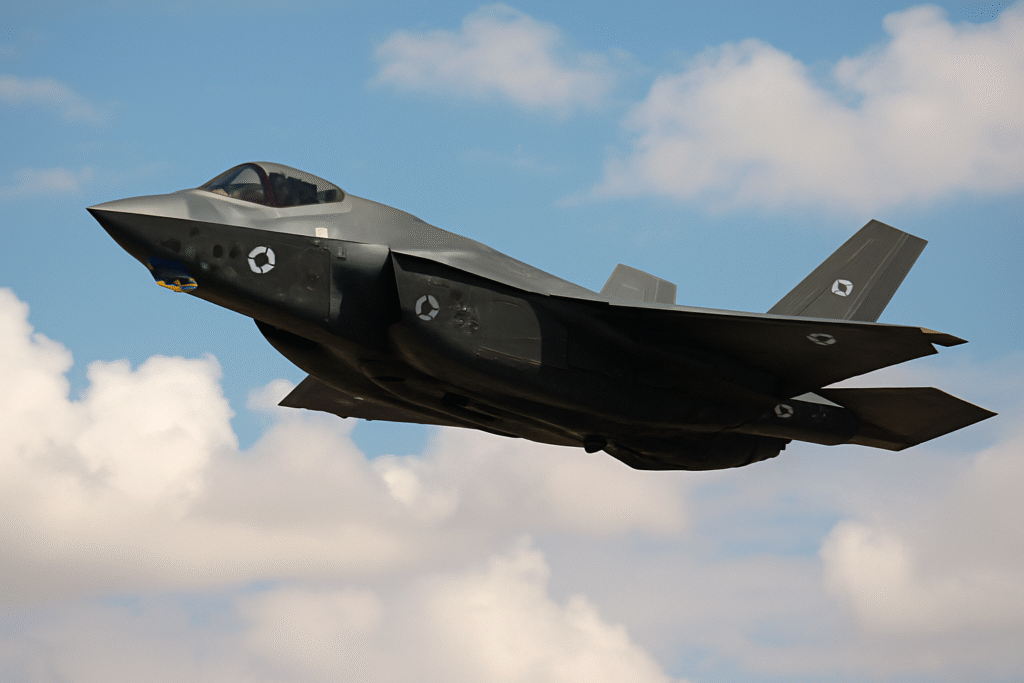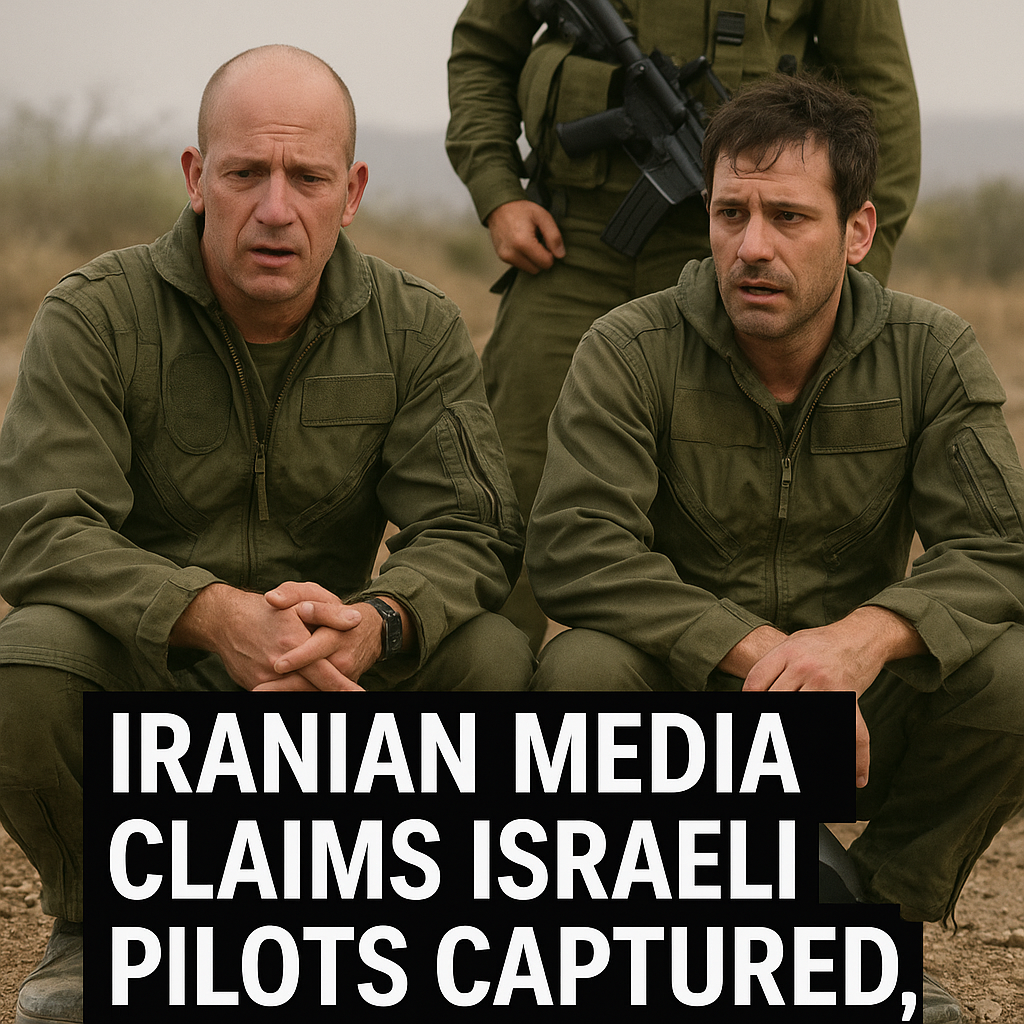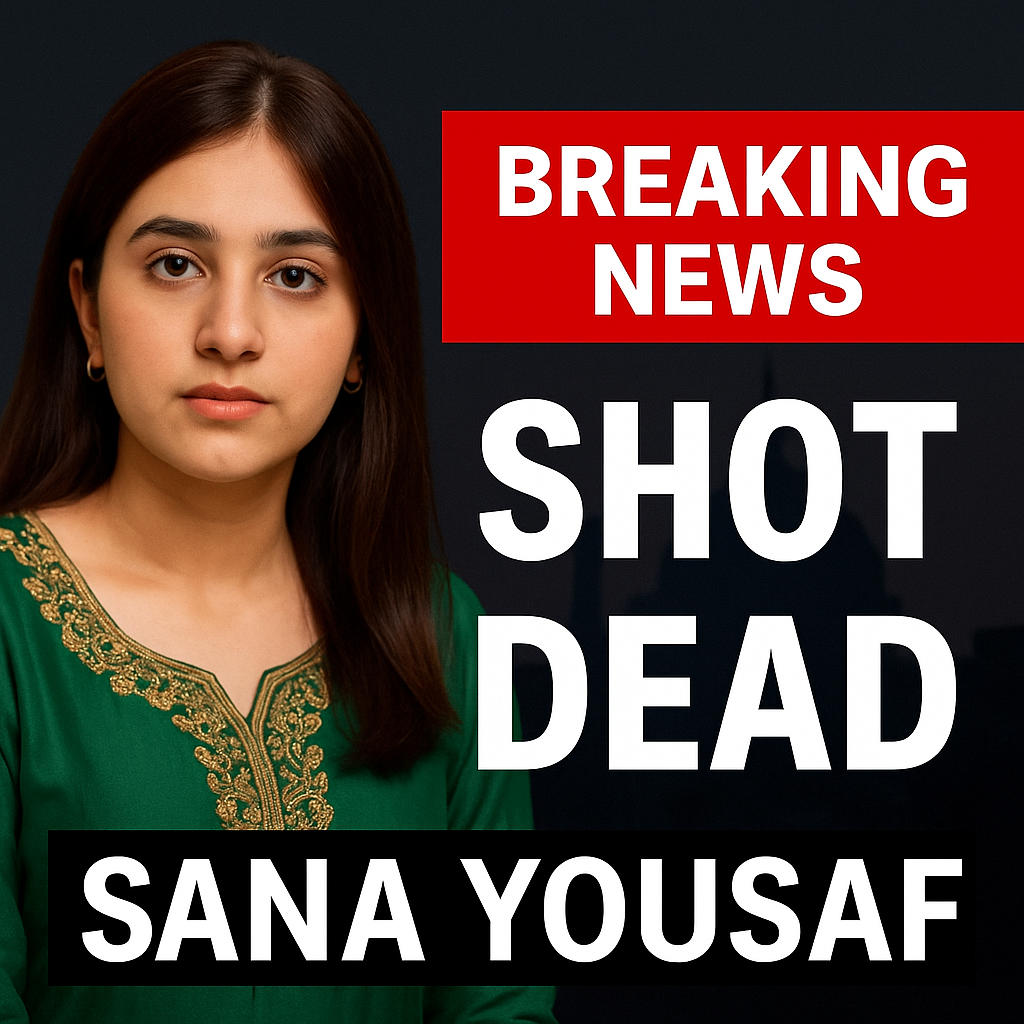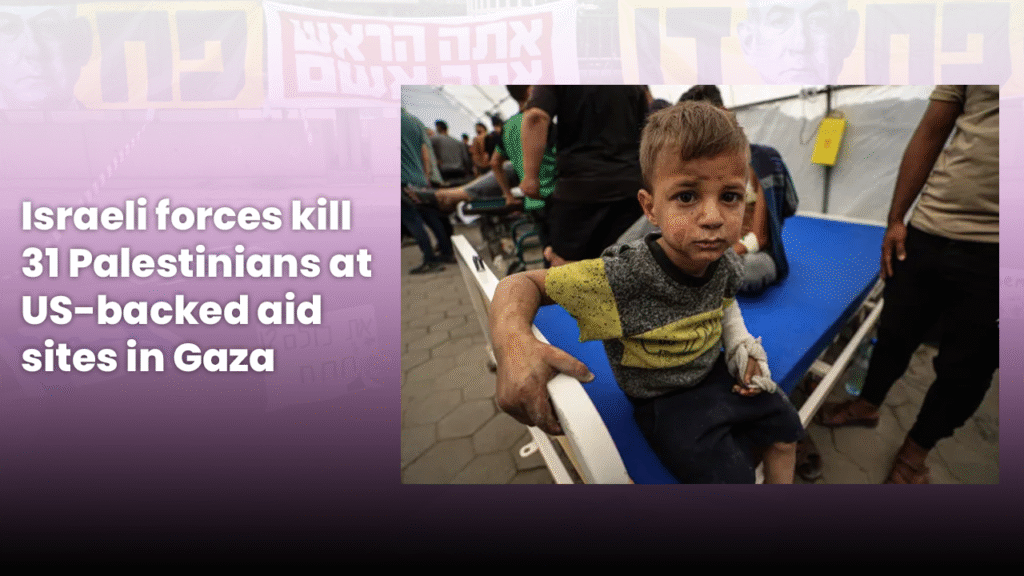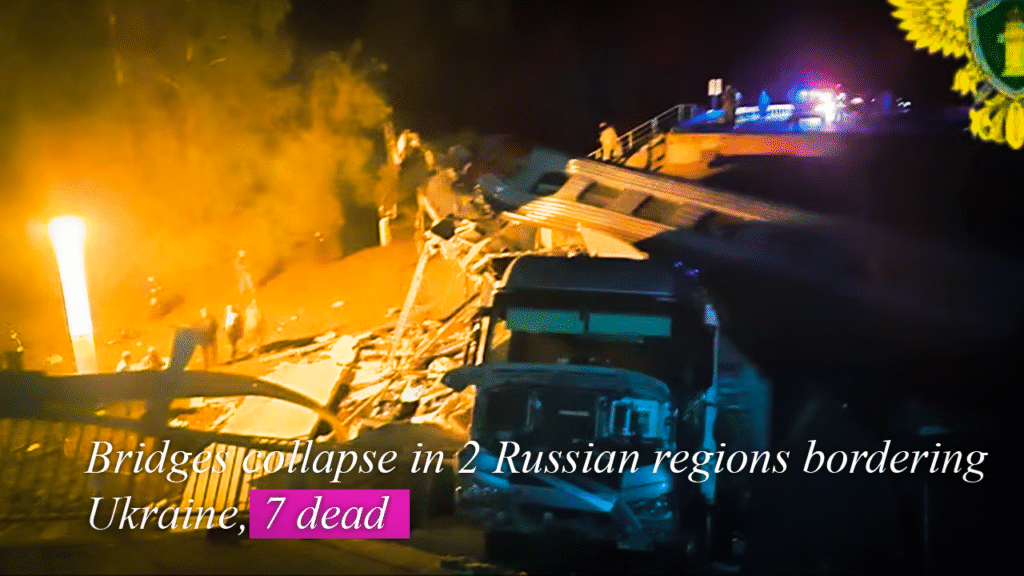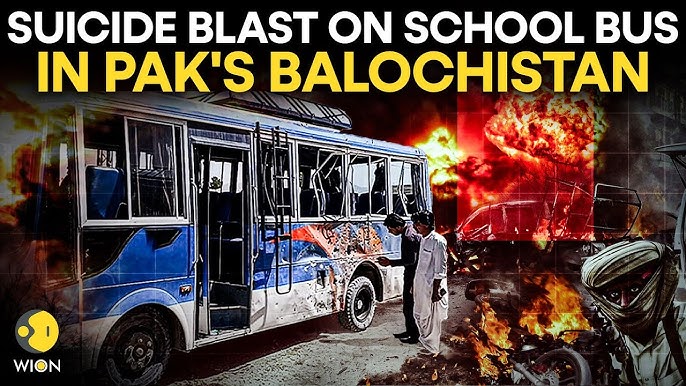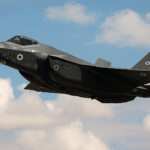3rd Israeli fighter jet shot down in Iran: IRNA
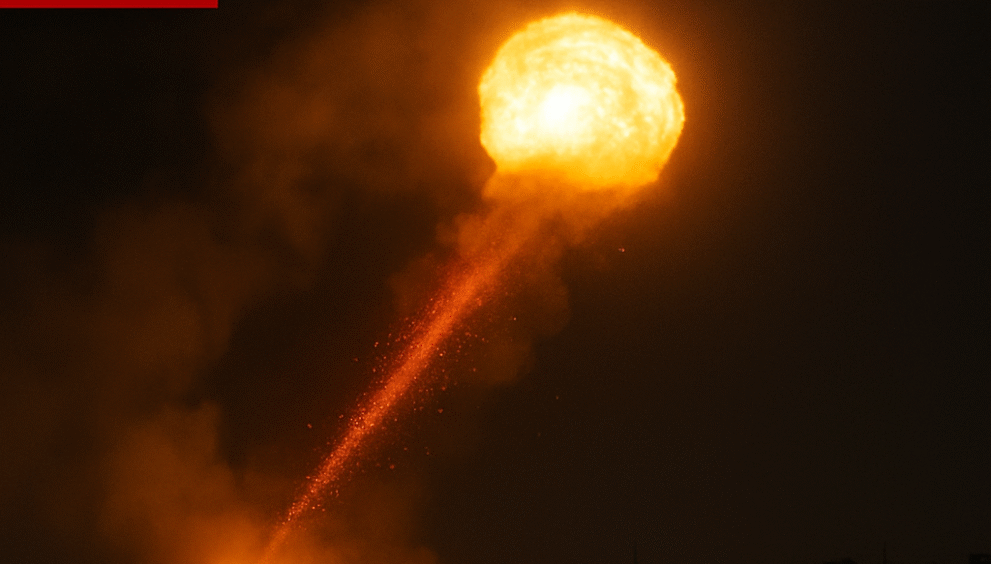
Breaking News: Escalating Tensions between Israel and Iran
The Islamic Republic News Agency, or IRNA as it is better known, stated with emphasis that Iranian air defense forces have accomplished the task of shooting down a third Israeli warplane that was trying to break into Iranian skies. This important development signals a harsh and audible escalation of the existing hostilities and tensions that have been ongoing between the two countries, with serious and possibly far-reaching implications for regional security as well as the fragile balance of international diplomacy.
Iranian Military Forces Establish Superiority in Airspace Defense
IRNA Confirms: Third Jet Neutralized by Advanced Missile Systems
Iran’s official news agency, IRNA, indicated that the shooting down of the third Israeli F-35 jet was successfully carried out utilizing the domestically produced surface-to-air missile systems. The missile systems are said to be an advanced version of the Bavar-373 system that has been in use, demonstrating improved Iranian military technology. This is the third successful interception that has been conducted by Iranian forces within a time frame of less than 72 hours, demonstrating the high technology and tactical preparedness of the Iranian forces.
The Incident took place at a site of great strategic significance.
The jet was said to have been intercepted while it was flying over Iran’s western provinces, namely in the strategic region of Kermanshah that hosts many high-priority military installations of the state. The region had been one of the favorite places for foreign forces to monitor, which collectively made it highly important in warfare and security affairs. Iran’s early-warning radar system that was meant to identify aerial attacks had reportedly detected the jet a long time before it would have entered sensitive airspace, thereby giving ground forces enough time to prepare and retaliate with a planned counter-attack to the perceived threat.
Israel’s Military Aspirations Meet a Serious Setback
The Israeli Defense Forces, or IDF, have not been formally announced nor publicly confirmed to have lost the aforementioned plane. However, it should be mentioned that several independent satellite data analysts, as well as various defense monitoring sources, have reported the phenomenon of a sudden and widespread loss of contact from a confirmed Israeli aircraft in the said location. Moreover, the competing narratives that are being developed between Iran and Israel shed light on a vast spectrum of questions as to the extent and scope of on-going military exercises that are currently being conducted across the Middle East.
Implications for Israeli Air Superiority
The devastating loss of yet another stealth fighter, and one such as the F-35 that had been widely hyped and considered one of the most advanced and technologically sophisticated fighter aircraft to be found on a global scale, is a tremendous loss for the air superiority and dominance that Israel has enjoyed. This event will have the ability to dramatically alter the tactics employed in future airstrike operations and potentially lead to a loss of perceived invincibility Israeli air operations have otherwise had when operating in hostile and contested airspace.
Global Responses to the Crisis Escalation
The United Nations Security Council has taken the drastic step of calling for an emergency and urgent meeting that will be convened behind closed doors in an attempt to comprehensively assess and examine the increasing threat of open war that is erupting. Although there has not yet been such an official release made public, there have been several diplomatic sources that are indicating towards the reality that the member states are left with a grave sense of unease regarding the deteriorating relations that presently prevail between Iran and Israel. This unease is particularly founded on the matter of unilateral military actions being undertaken without the consensus or approval of the international community.
Assertions made by Global Superpowers
Russia has strongly criticized the illegal incursions into its airspace and has urged restraint and prudence on both sides in this case.
China: Demanded immediate de-escalation and suggested multilateral channels of communication to prevent further military action.
United States: In a firm display of solidarity and support, and reaffirming its age-old relationship with Israel, the U.S.
The Department of Defense has reached a decision to refrain from issuing any direct statement on the alleged incident of the shoot-down. They have only stated that they are closely and actively monitoring the events of the incident as they unfold.
Military commentators provide their views and opinions.
Defense commentators are referring to this specific event as a turning point in the history of electronic warfare. Iran’s radar systems, according to reports, have been able to detect an F-35 plane that has been equipped with stealth technology, and that clearly indicates that there have been phenomenal advancements in anti-stealth technologies. This incredible advancement in being able to detect and ground such high-tech warplanes defies the long-held assumptions that have been made about the idea of invisibility in contested airspace, and it raises severe doubts about the effectiveness of stealth capabilities.
Retaliation Threats and Chain Reactions
Experts also now caution against the threat of an Israeli retaliatory attack on Iranian missile silos, radar sites, or even Iranian proxies in the area. Such an attack, should it occur, can potentially let loose a much wider and more expansive regional conflict involving a number of actors including Hezbollah, the Syrian government, and American forces already deployed in both Iraq and the strategically critical Persian Gulf region.
The Rise of Iran’s Air Defense Systems
Iran has long pursued a policy of designing and investing in indigenous domestic defense programs, one of the most prominent of which is the Bavar-373 system that was specifically designed to counter and compete with the Russian S-300 missile defense system. Moreover, integration of the system with the Khordad-15 system has resulted in the establishment of a sophisticated layered defense system that has the capability to successfully detect and engage low-observable aircraft, which are typically harder to target. With this high-profile success, defense exhibitions are currently being conducted, and foreign observers are eagerly interested in the reliability and performance of such advanced defense systems.
The country’s defense industry has been greatly improved.
The string of consecutive successful shoot-downs has greatly boosted and cemented Iran’s confidence in its military-industrial complex, the centerpiece of Iran’s defense doctrine. Directly from this increased confidence, it is highly probable that there will be additional investment placed in the advancement of aerospace technology, upgrading drone warfare, and even prospects of export to friendly nations that are subject to sanctions or do not have access to Western hardware, thus further bolstering Iran’s regional strategic position.
Potential Impacts on the Geopolitics of the Region
The recent increase in military operations carried out by Israeli troops in near proximity to the Iranian borders is negatively affecting the current negotiations for the normalization of relations with the majority of regional Arab leaders. The United Arab Emirates and Saudi Arabia, who have been careful and diplomatic regarding the possibility of Iran responding and the general implications to regional stability, are likely to revise their agendas for the strengthening of their relations with Tel Aviv in light of the current situation.
The building and consolidation of Iran’s ties in the region.
Iran is well positioned to strategically capitalize on the situation at hand in seeking to further tighten and solidify its hold on numerous regional governments and militias. Its control may include several nations, including Syria and Iraq, and Yemen and Lebanon, and in the process potentially allow it to mobilize even more cohesive fronts that mobilize in opposition to what they view as Israeli aggression. Iran’s Axis of Resistance, or its broad constellation of allied parties and organizations, could well be mobilized into organized joint defense efforts in response to these events.
Media War Gains Momentum
Platforms like X, which was previously Twitter, Telegram, and TikTok, have seen an enormous increase in the sharing of unsubstantiated video recordings and conflicting reports of ongoing affairs. While some reports suggest that the videos are recording shots of blasts in proximity to Iranian airbases, other reports are based on videos recording anti-air defense systems in action. As information spreads that may be disinformation, Iran’s Ministry of Information has formally requested citizens to exercise caution and avoid spreading disinformation from foreign news sources.
Global News Coverage in the Limelight | International News | GNN
Western and Middle Eastern media outlets have presented radically different accounts of the incident, reflective of the different viewpoints tainted by politics and culture. This sensational disparity is evidence of the growing significance of information warfare as a component of modern combat, where the power to craft and dictate the popular narrative is almost as vital as the success of the combat operations themselves.
Conclusion: A Dangerous Precedent Set
The confirmed shootdown of a third Israeli warplane is not just a tactical triumph in this continuing conflict, but a signal strategic warning to all foreign powers now contemplating unauthorized invasion of Iranian air space. This report has a definite message unequivocally about Iran’s military power and its resolve to protect its sovereignty. While Iran and Israel both head towards a complete rethinking of their individual military doctrines in the light of these latest events, the whole region is now anticipating what could well turn out to be a very explosive summer of shadow warfare, cyber warfare, and the threat of open war between these two states. It is of utmost importance that diplomatic efforts are made at once to avert any further decline in the tensions, especially considering the fact that both nations’ armed forces are actually gearing up for the worst. The Middle East balance of power may very well be on the cusp of a new era, one that is apt to be defined by uncertainty and unpredictability.

 English
English 

